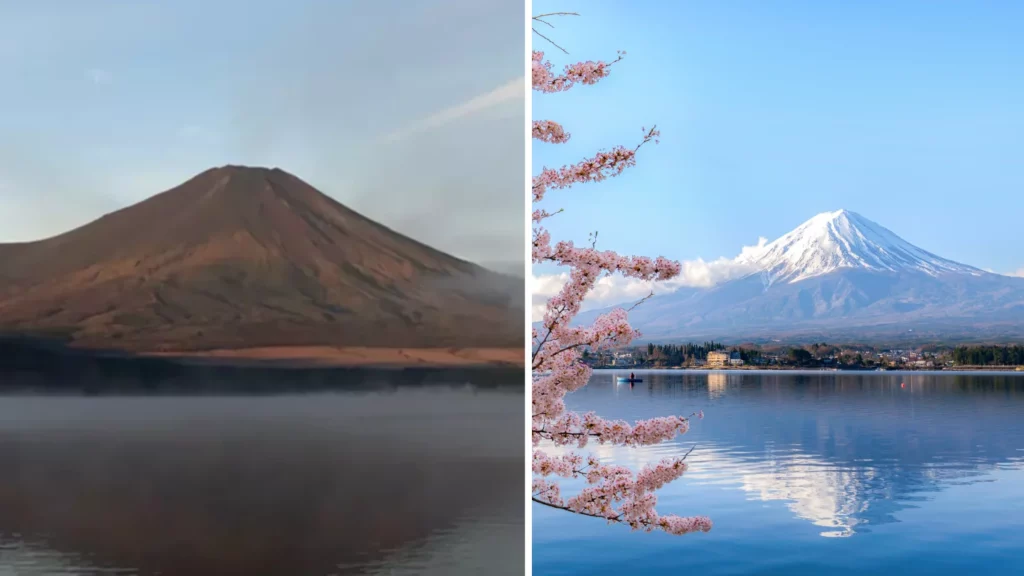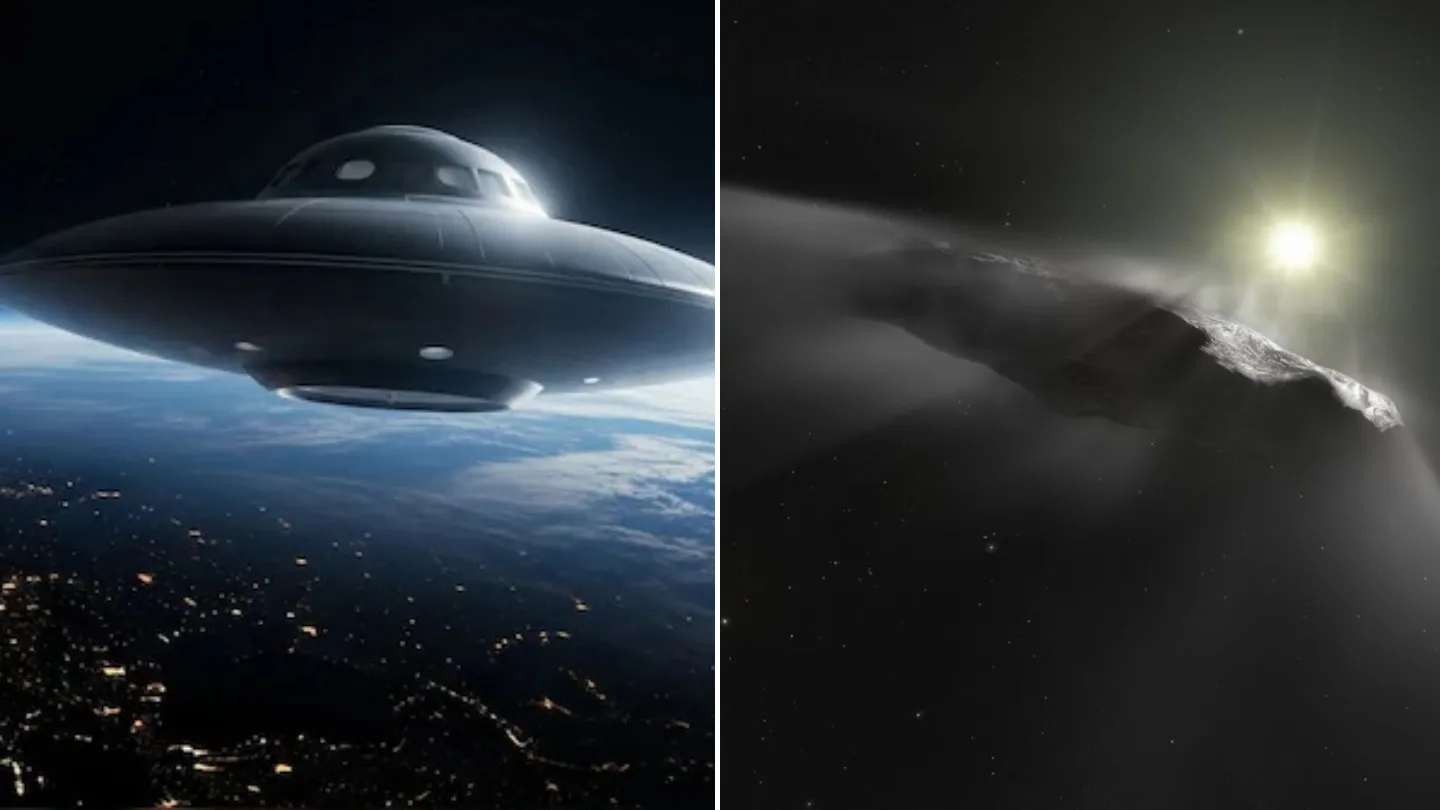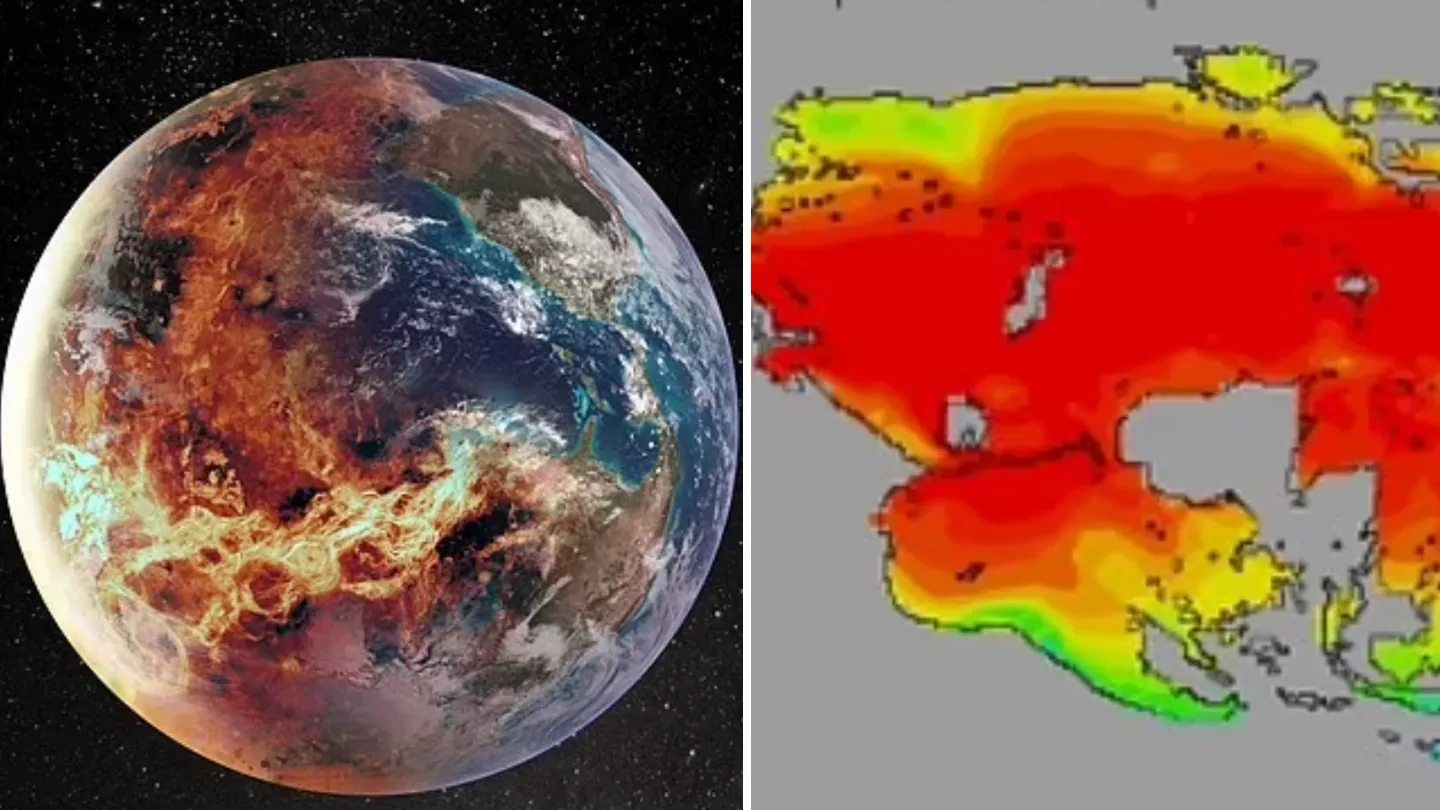Mount Fuji, Japan’s iconic symbol and a treasured natural landmark, has recently made headlines for an alarming reason: for the first time in 130 years, the mountain remains snowless well into autumn.
This unprecedented occurrence has raised concerns among climate experts and environmentalists, who fear it signals a dire trend in global climate patterns.
Typically, Mount Fuji’s snowcapped summit serves as a picturesque backdrop by early October, marking the transition into winter.
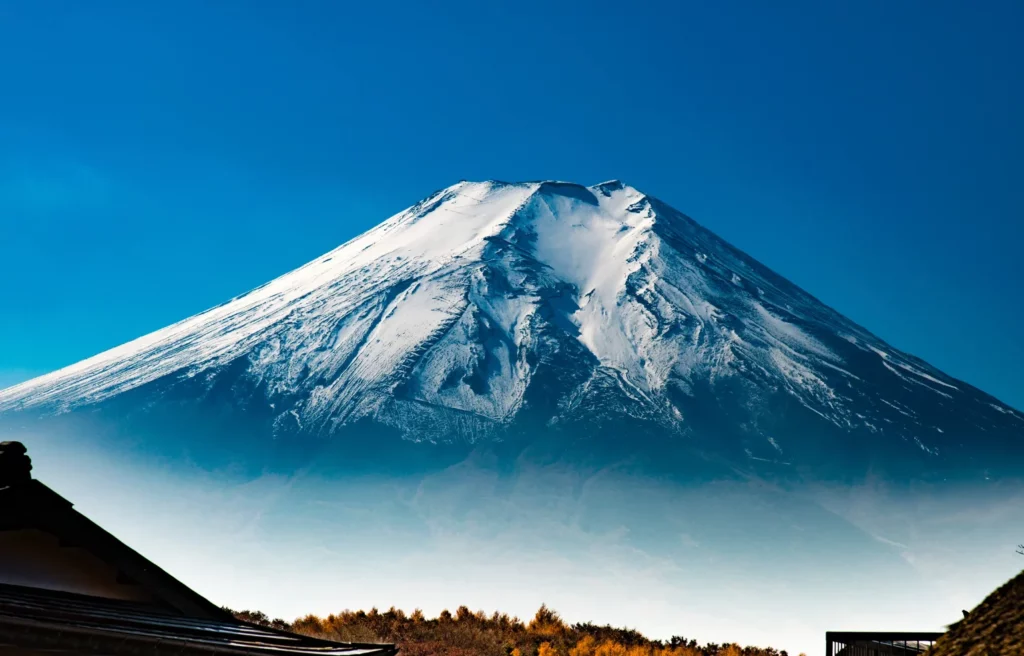
However, as of October 29, 2024, the summit stands bare, breaking the previous record for the latest snowfall, which was set on October 26, 1955, and tied in 2016.
According to meteorologists from the Kofu Local Meteorological Office, unusually high temperatures have significantly delayed the onset of snow this year.
Yutaka Katsuta, a forecaster at the Kofu office, explained, “Temperatures were high this summer, and these high temperatures continued into September, deterring cold air.”
This year, Japan experienced its hottest summer on record for the second consecutive year, with temperatures significantly exceeding the norm.
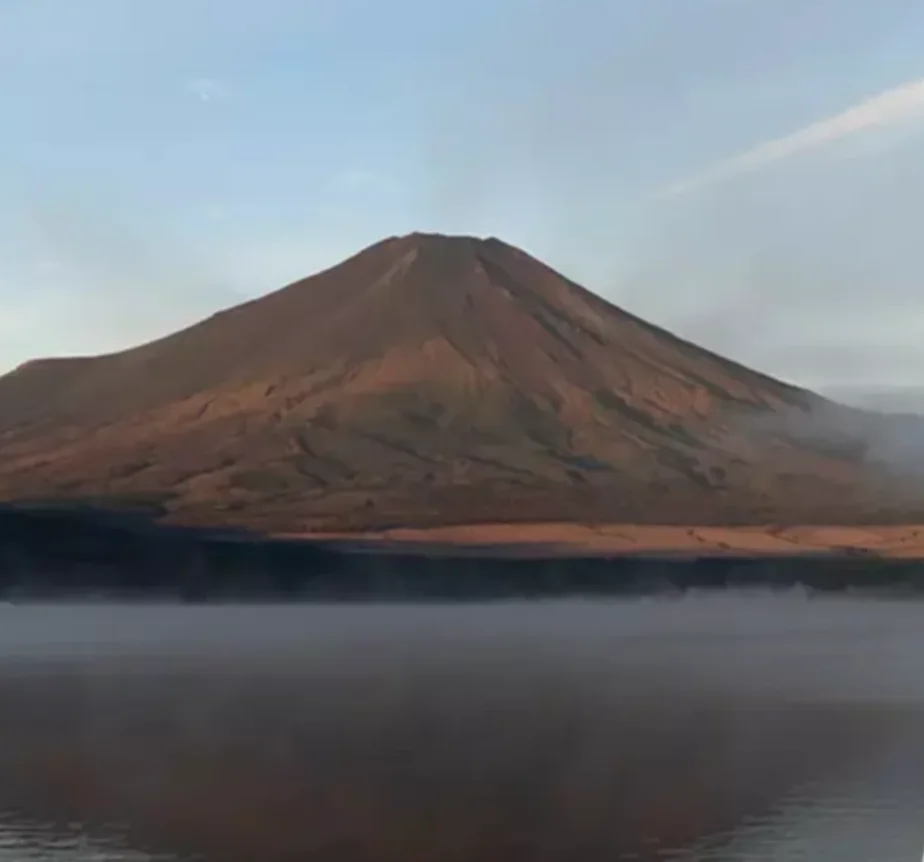
Climate Central reported that dozens of cities recorded temperatures around or above 30°C (86°F) in early October, with anomalies reaching 9 to 14 degrees Fahrenheit above the seasonal average.
Experts point to ongoing climate change as a critical factor contributing to this phenomenon.
The delayed snowfall on Mount Fuji is not merely an isolated incident; it reflects broader climatic shifts affecting seasonal weather patterns globally.
The situation is further exacerbated by the El Niño phenomenon, which has increased average autumn temperatures and contributed to the warmer weather.
Shinichi Yanagi, a meteorological officer at the Kofu office, noted, “The unusual heat Japan has experienced was made three times more likely because of the climate crisis.”
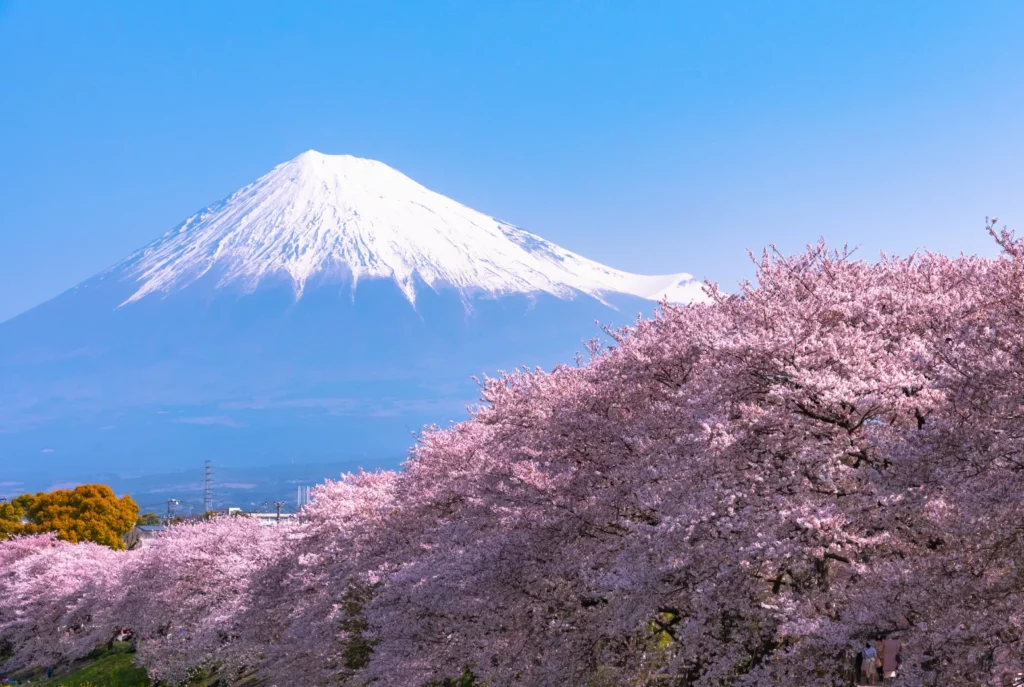
Moreover, the implications of Mount Fuji’s lack of snow extend beyond mere aesthetics.
A study published earlier this year indicated that human-caused warming has significantly impacted snow levels in the Northern Hemisphere.
Projections suggest that many regions could experience snow-free winters by 2100 if current greenhouse gas emissions trends continue.
Atmospheric scientist Andrew Schwartz warned, “A large portion of the world will have snow-free winters by 2100.”
While climate change presents a formidable challenge, Mount Fuji faces additional pressures from tourism.
The majestic mountain attracts over 220,000 hikers annually, and following the lifting of COVID-19 restrictions, local authorities have noted an influx of foreign visitors.
To mitigate the environmental strain caused by this surge in tourism, Japan has implemented a tourist tax and set a cap on daily visitors.
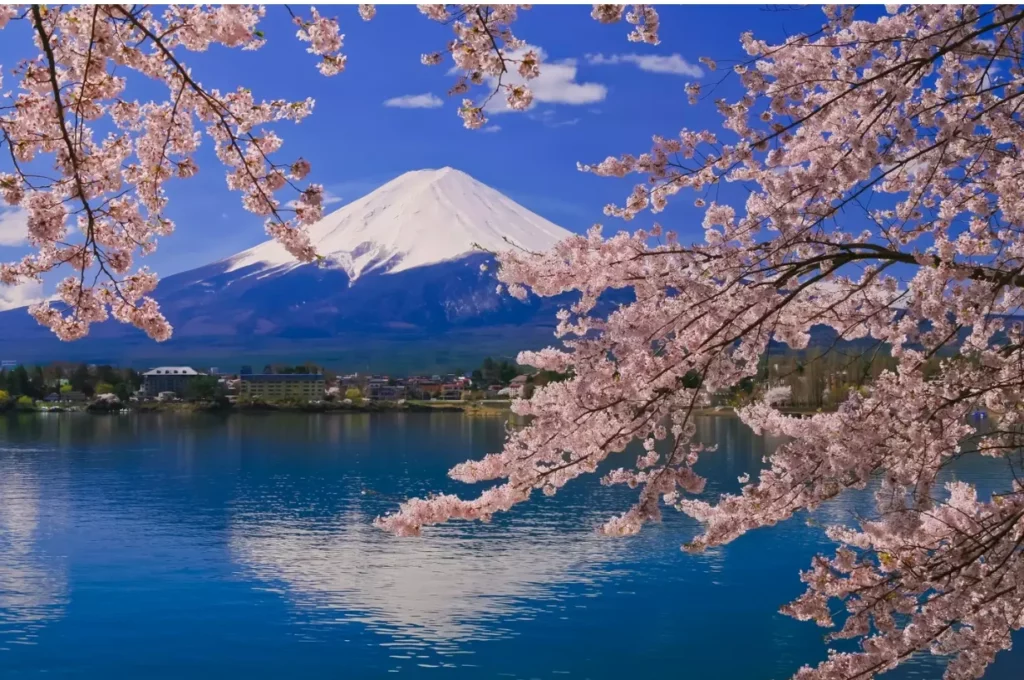
As experts continue to monitor this unprecedented situation, the snowless peak of Mount Fuji stands as a stark reminder of the pressing reality of climate change.
What was once a winter wonderland has become a troubling indicator of a warming world.
The absence of snow this year is not just an anomaly; it is a very bad sign for the future of Mount Fuji and our planet as a whole.
With global temperatures continuing to rise, many are left wondering what this means for the future of one of Japan’s most cherished landmarks.
Featured Image Credit: (Canva Pro)

